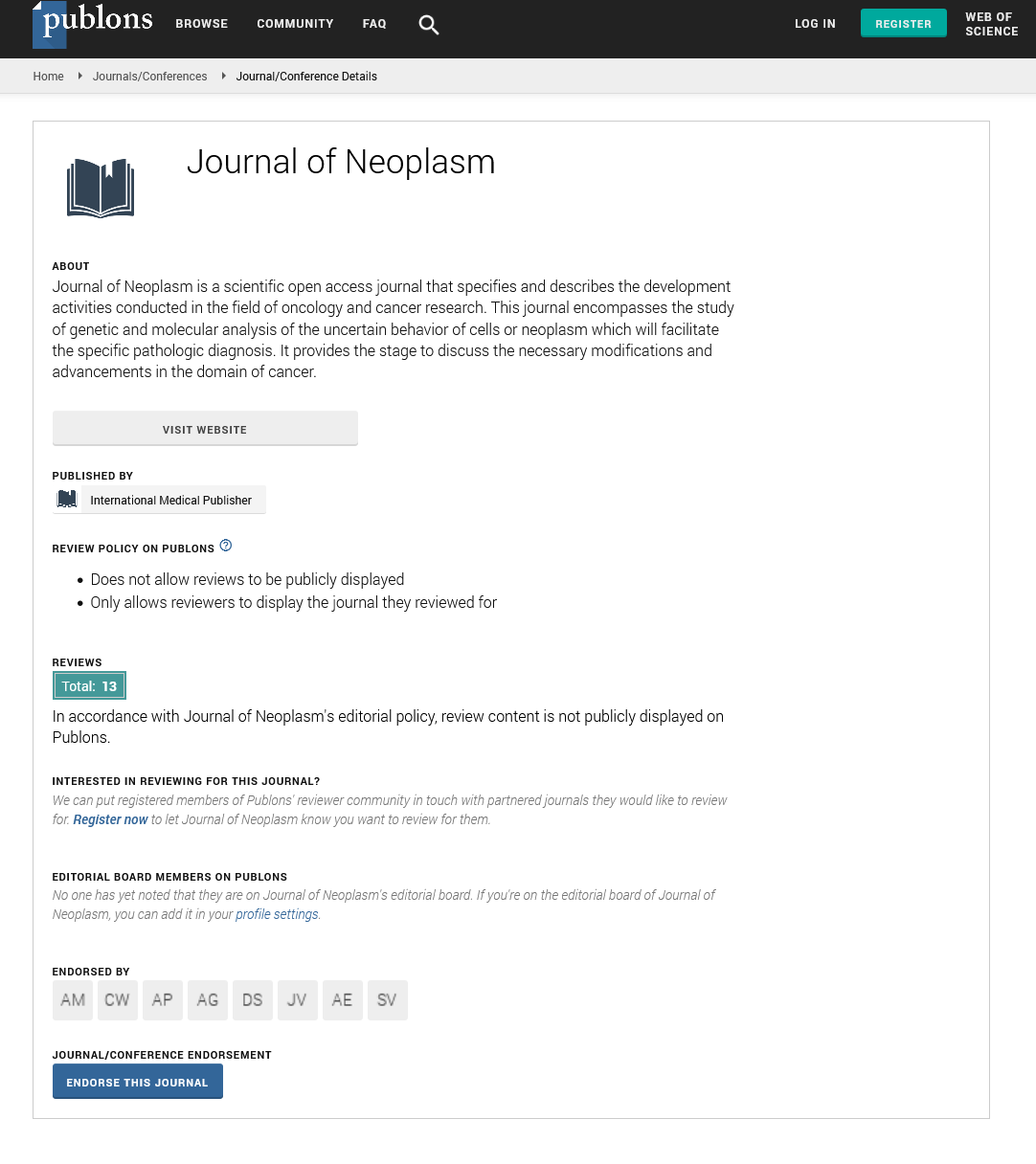Abstract
The Association between Red Cell Distribution Width and Mortality in Pediatric Acute Lymphoblastic Leukemia
Background: Red cell distribution width (RDW) is one of the standard parameters with blood cell counts. Studies have revealed that RDW could be used as a predictor of mortality in different contexts. However, data about the relation of RDW with hematologic malignancies is limited. In this research, we evaluated the relation of RDW with mortality in pediatric acute lymphoblastic leukemia (ALL).
Materials and methods: In the oncology department of a tertiary care children hospital, between years of 2010 to 2013, we had 83 registered cases of acute lymphoblastic leukemia (ALL) whose data was collected and analyzed retrospectively. RDW, mean corpuscular volume (MCV), hemoglobin (Hgb) and platelet (Plt) measurements were recorded and their relation with mortality, leukemia relapses and treatment cessation was examined.
Results: A total 83 patients were enrolled in the study. The mean age was 5.5 years and 50 (60.2%) were male. The mean baseline RDW level was 16.0%, and it ranged from 11.2% to 23.2%. During the study period, 12(14.5%) cases had died. The rate of mortality did not significantly correlate with RDW level.
Conclusions: Although a relationship between elevated RDW and mortality has been reported in several contexts, we did not find any significant correlation between the RDW level and the rate of mortality and relapse in pediatric patients with acute lymphoblastic leukemia (ALL).
Author(s):
Khadijeh Arjmandi Rafsanjani, Vahid Falahati, Azadeh Kiumarsi, Shabnam Moghaddam and Mahsa Fallahi
Abstract | Full-Text | PDF
Share this

Google scholar citation report
Citations : 144
Journal of Neoplasm received 144 citations as per google scholar report
Journal of Neoplasm peer review process verified at publons
Abstracted/Indexed in
- Google Scholar
- China National Knowledge Infrastructure (CNKI)
- Publons
- Secret Search Engine Labs
Open Access Journals
- Aquaculture & Veterinary Science
- Chemistry & Chemical Sciences
- Clinical Sciences
- Engineering
- General Science
- Genetics & Molecular Biology
- Health Care & Nursing
- Immunology & Microbiology
- Materials Science
- Mathematics & Physics
- Medical Sciences
- Neurology & Psychiatry
- Oncology & Cancer Science
- Pharmaceutical Sciences


